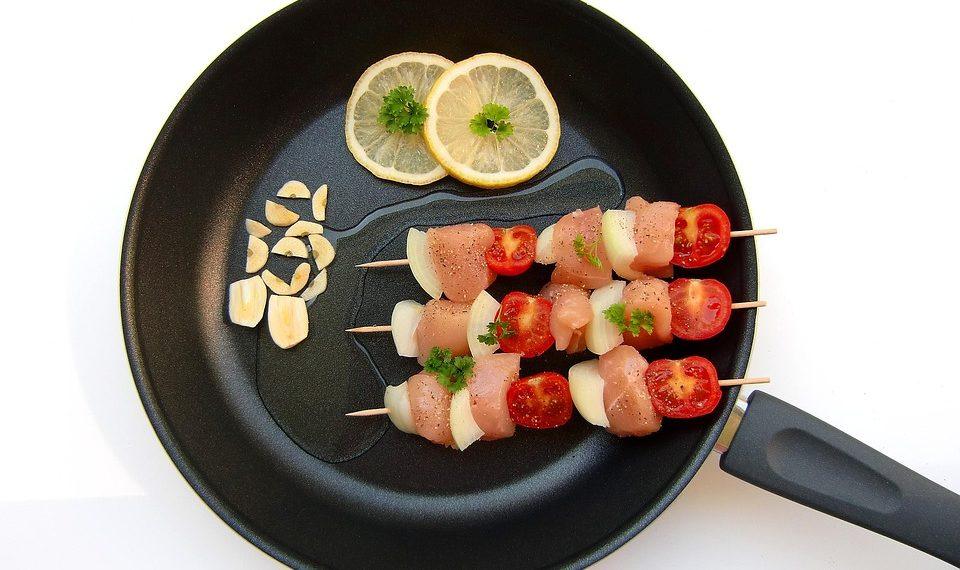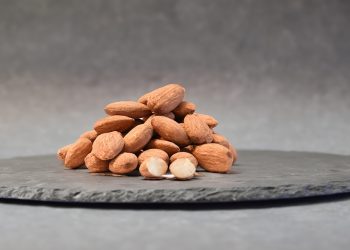Eating well doesn’t have to be complicated. 10 simple tips for a healthier plate today can transform your meals into nourishing experiences that fuel your body and uplift your spirit. Whether you’re trying to shed a few pounds, boost your energy, or simply feel more vibrant, these tips are your roadmap to a delicious and nutritious lifestyle.
Contents
- What Does a Healthy Plate Look Like?
- 1. Fill Half Your Plate with Fruits and Vegetables
- 2. Prioritize Whole Grains
- 3. Lean Proteins Are Key
- 4. Don’t Forget Healthy Fats
- 5. Control Portion Sizes
- 6. Stay Hydrated
- 7. Limit Added Sugars and Salt
- 8. Plan Your Meals
- 9. Mindful Eating
- 10. Be Flexible and Forgive Yourself
- Bottom Line
What Does a Healthy Plate Look Like?
A healthy plate is more than just a collection of foods; it’s a balanced approach to nourishment. It includes a variety of foods that provide essential nutrients while keeping your taste buds happy. Think of it as a beautiful palette filled with colors, textures, and flavors that not only please the eye but also make your body sing.
Why does this matter? Because what you eat directly impacts your health, mood, and overall quality of life. You deserve to feel good, and that starts with what’s on your plate.
1. Fill Half Your Plate with Fruits and Vegetables
Start with a vibrant canvas. Fruits and vegetables are packed with vitamins, minerals, and antioxidants. Aim to make these the star of your meals.
- Choose a rainbow: The more colors, the better. Each color represents different nutrients.
- Fresh or frozen: Both are great options. Frozen fruits and veggies are often picked at peak ripeness and can be just as nutritious.
2. Prioritize Whole Grains
Ditch the refined grains for whole grains. They’re your body’s best friend when it comes to energy and digestion.
- Options to try: Brown rice, quinoa, farro, and whole-grain bread.
- Benefits: Whole grains are rich in fiber, which helps keep you full longer and supports digestive health.
3. Lean Proteins Are Key
Proteins are essential for muscle repair and overall health. But not all proteins are created equal. Aim for lean sources to keep your meals nutritious.
- Go for: Skinless chicken, turkey, fish, beans, lentils, and tofu.
- Why lean? They offer the protein you need without the excess saturated fat.
4. Don’t Forget Healthy Fats
Incorporate healthy fats to enhance flavor and satisfaction in your meals.
- Sources include: Avocados, nuts, seeds, and olive oil.
- Why they matter: Healthy fats support brain health and help absorb fat-soluble vitamins.
5. Control Portion Sizes
Understanding portion sizes can make a world of difference. It’s about quality, not just quantity.
- Use smaller plates: This simple trick can help manage your portions without feeling deprived.
- Listen to your body: Eat slowly and pay attention to hunger cues.
6. Stay Hydrated
Water is often overlooked, but it’s crucial for your health. Hydration supports digestion, energy levels, and skin health.
- Aim for: About 8 cups a day, adjusting based on your activity level and climate.
- Tips to drink more: Infuse water with fruits or herbs for a refreshing twist.
7. Limit Added Sugars and Salt
Added sugars and salt can sneak into your diet, often in ways you don’t even realize. Reducing these can improve your health significantly.
- Read labels: Look for hidden sugars in sauces, dressings, and snacks.
- Flavor alternatives: Use herbs and spices to season your food instead of salt.
8. Plan Your Meals
Meal planning can take the stress out of healthy eating. When you know what you’re going to eat, you’re less likely to reach for unhealthy options.
- Set aside time: Dedicate a day each week to plan and prep your meals.
- Use a variety of recipes: Keep it interesting so you don’t get bored.
9. Mindful Eating
Eating should be an enjoyable experience, not a rushed task. Practice mindful eating to enhance your relationship with food.
- Slow down: Take time to savor each bite.
- Eliminate distractions: Turn off the TV and put away your phone during meals.
10. Be Flexible and Forgive Yourself
No one is perfect. Life happens, and that’s okay.
- Enjoy treats in moderation: It’s about balance, not restriction.
- Learn and adapt: If you have a setback, don’t dwell on it. Focus on your next meal as a fresh start.
Bottom Line
Creating a healthier plate doesn’t require a complete overhaul of your lifestyle. With these 10 simple tips for a healthier plate today, you can begin to make small, impactful changes that add up over time.
Remember, you are in control of your health. Start with one tip, incorporate it into your routine, and watch how it transforms your meals. Your body deserves to thrive, and these simple adjustments can help you get there.
FAQs
What’s the best way to start eating healthier?
Begin with one or two of these tips. Focus on adding more fruits and veggies to your meals.
Can I still enjoy my favorite foods?
Absolutely! It’s all about balance. Enjoy treats in moderation and pair them with healthier options.
How do I stay motivated to eat healthy?
Keep experimenting with new recipes and flavors. Join a community or find a buddy to share the journey with.
By embracing these principles, you’re not just improving your plate; you’re investing in a healthier and happier you. So grab your fork and get started!
Get Your FREE Natural Health Guide!
Subscribe now and receive our exclusive ebook packed with natural health tips, practical wellness advice, and easy lifestyle changes — delivered straight to your inbox.















